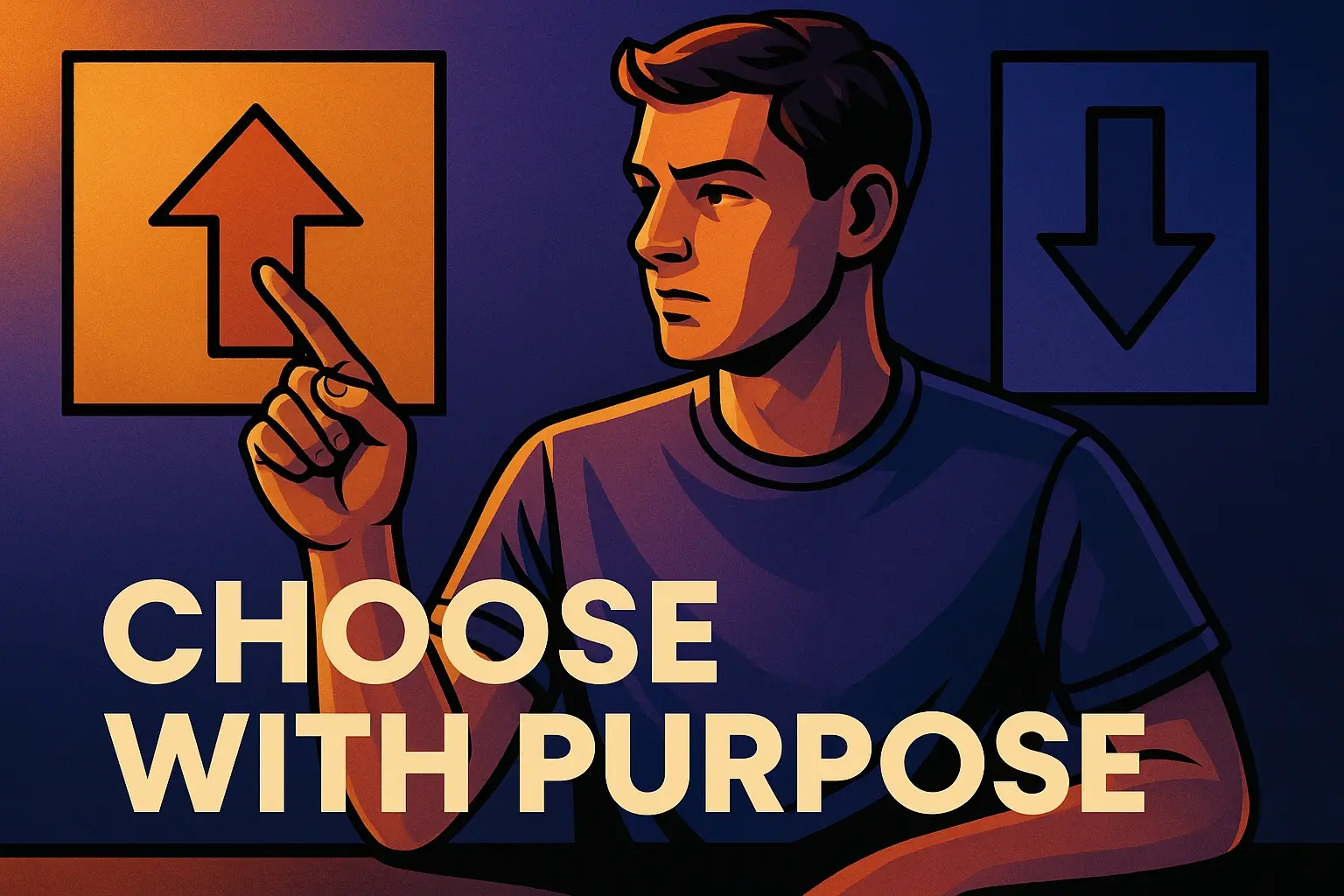
The Paradox of Choice
By Barry Schwartz
Published October 12, 2025
Barry Schwartz argues that modern abundance burdens us with too many options. When choice explodes, decisions get slower, confidence drops, and satisfaction declines. The cure isn’t to abandon freedom; it’s to choose better constraints: limit options, define “good enough,” and focus on fit over fantasy. This summary covers maximizers vs. satisficers, how expectations and regret shape happiness, and simple tools—rules, defaults, pre‑commitments—that restore clarity.
Key Lesson
Freedom grows when you add smart constraints—decide your standards, then stop searching and start using.
Choose With Purpose
Book Snapshot
ISBN
9780060005689
ASIN
0060005696
Topics & Search Phrases

Full Summary
In The Paradox of Choice, Barry Schwartz makes a counterintuitive claim: more choice can make us less free. When every aisle, app, and career path splinters into endless variations, decisions turn from empowering to exhausting. We delay, second‑guess, and feel less satisfied—sometimes even after choosing well.
Schwartz begins with the psychology of decision load. Options expand the cost of information: more comparisons to make, more tradeoffs to evaluate, more future “what ifs” to rehearse. As choices climb, so do opportunity costs—the value of what we didn’t pick becomes vivid and painful. Expectations inflate, too: when possibilities seem infinite, anything less than perfect looks like failure. These forces create a slow‑drip dissatisfaction that shows up at the grocery store, in wardrobes and streaming menus, and in high‑stakes moments like careers and relationships.
A key lens is the difference between maximizers and satisficers. Maximizers try to find the absolute best; satisficers look for something that meets a clear threshold and stop. Research suggests maximizers may achieve slightly better outcomes yet feel worse about them—more regret, less happiness, more social comparison. The satisficer’s secret weapon is a standard decided in advance. “Good enough” isn’t laziness; it’s a strategic finish line that protects time, attention, and mental health.
Expectations and regret shape the emotional afterlife of choices. Before a decision, comparisons spark fantasy—imagined futures with every alternative in its best light. After, comparisons become blame: every small imperfection in our chosen option reminds us of a rival’s strength. Counterfactuals (“if only I had…”) can poison otherwise solid outcomes, especially when choices feel reversible. That’s why generous return policies paradoxically deepen doubt. Freedom without commitment traps us in evaluation instead of experience.
Schwartz doesn’t argue for paternalism; he argues for wise constraints. We can design choice environments that reduce friction for good outcomes. Defaults help (automatic savings, organ donation opt‑outs that save lives). Categories help—by limiting the field before comparing specifics. Rules help the most: “two candidates, then decide,” “three options per vendor,” “30 minutes to compare, then choose.” The point isn’t to lower standards; it’s to lower the cognitive tax of reaching them.
Practically, you can reclaim choice by deciding once, not constantly. Build personal standards that convert recurring decisions into rules: a breakfast you don’t negotiate, a work uniform, a preferred airline or route. Pick a “default good” brand for low‑stakes items. For big choices, define your criteria on paper first; then evaluate options against that list rather than against each other. This prevents the shiny outlier from stealing attention. When options tie, pick quickly and start collecting evidence through action—not more comparison.
Social comparison fuels the paradox. The more options we see others choose, the more our choice feels suspect. Limit comparison windows: ask one or two trusted people whose context matches yours, not the whole internet. Treat satisfaction as a skill: once you’ve met your criteria, direct attention to use and mastery, gratitude for the fit you chose, and the next action that compounds the value.
The goal isn’t to shrink your life; it’s to expand your capacity to enjoy it. Fewer, clearer options for decisions that repeat. Pre‑committed criteria for choices that matter. Defaults that save you from daily reinvention. And a bias to act, learn, and iterate. Paradox resolved—not by less freedom, but by freedom engineered to serve you.
See also: Thinking, Fast and Slow, The Effective Executive, Design Your Environment, Design Your Life
Key Takeaways
- More options raise comparison costs, inflate expectations, and increase regret.
- Satisficing beats maximizing on happiness—define “good enough” up front.
- Defaults, categories, and rules reduce cognitive load and speed decisions.
- Make big decisions by criteria first; then compare options to the criteria.
- Lock decisions when “good enough” is met; collect value through action.
- Limit comparisons; ask 1–2 trusted sources and move on.